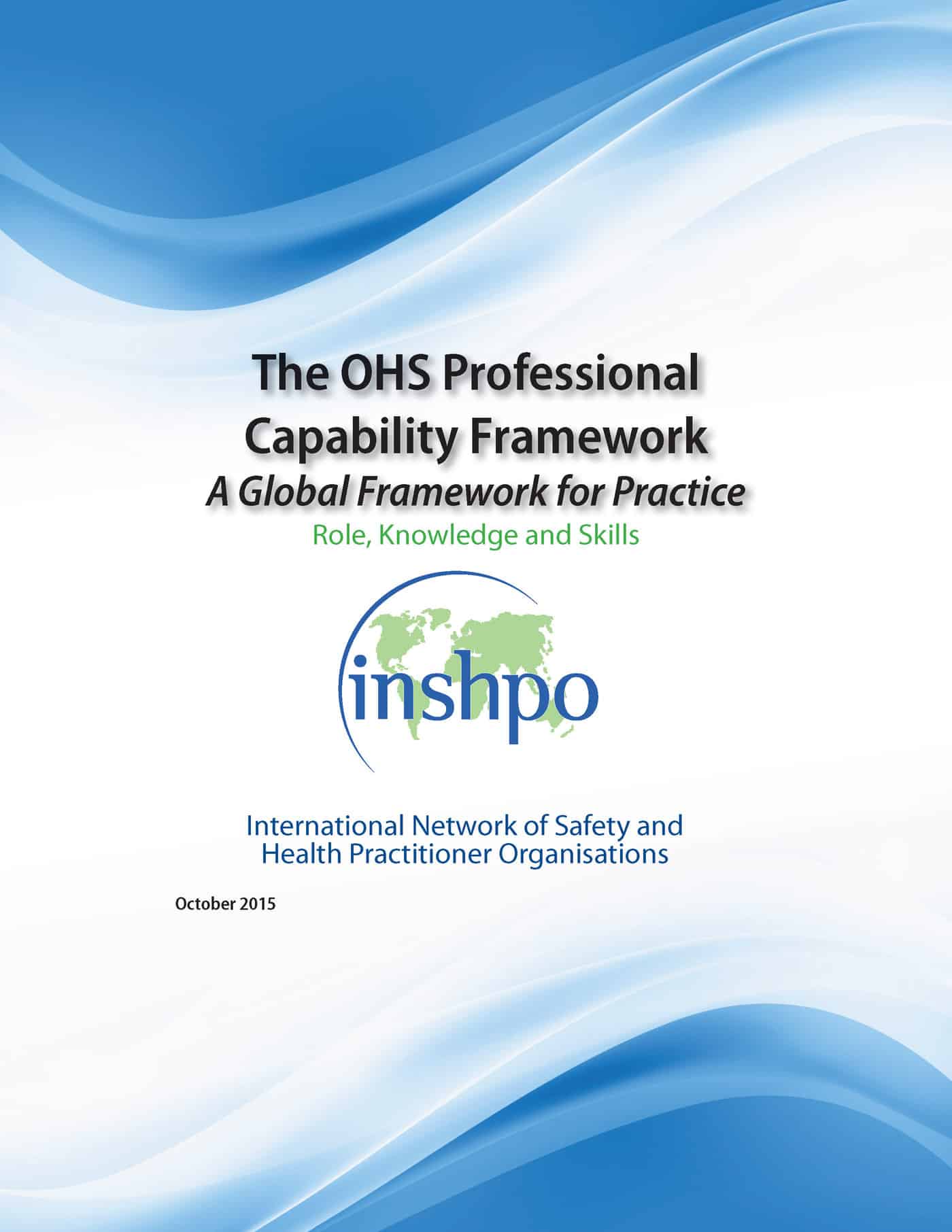Ever since I read the London Encyclopaedia during my honeymoon in England, I have waited for a similar encyclopaedia based on workplace safety. However, the world has changed since then and such an encyclopaedia would most likely to be created as an app.
The London Encyclopaedia is indexed by places, streets and addresses, and so should a “Safety Encyclopaedia” app through a localised map of workplace fatalities.


 Judith Hackitt, Chair of the UK Health and Safety Executive
Judith Hackitt, Chair of the UK Health and Safety Executive 1300 occupational health and safety representatives in one room provides a great deal of passion about workplace safety. These are not the OHS suits, the regulators or the safety app spruikers that other conferences attract.
1300 occupational health and safety representatives in one room provides a great deal of passion about workplace safety. These are not the OHS suits, the regulators or the safety app spruikers that other conferences attract.